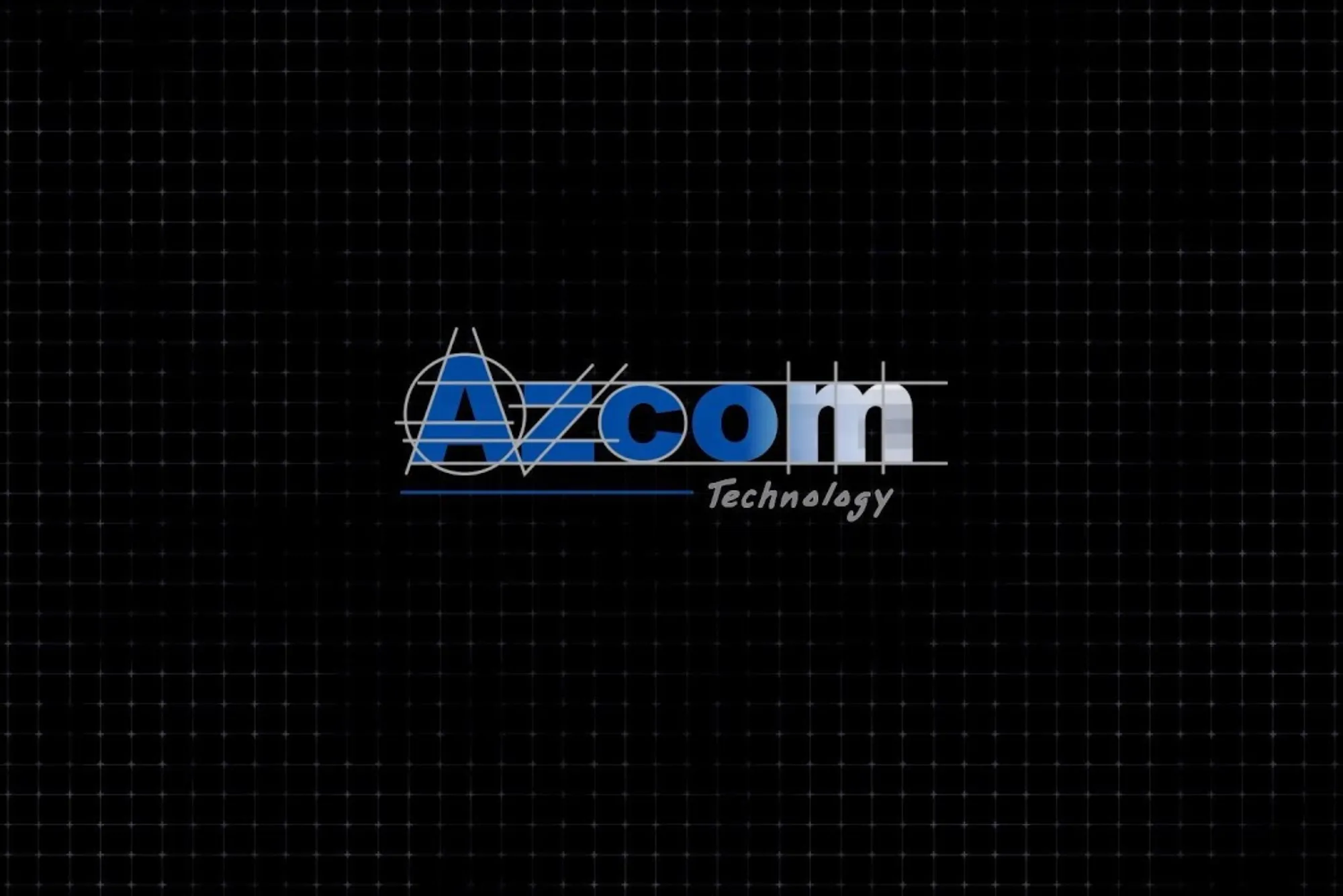In the dynamic landscape of technology, the A-Z spectrum encapsulates a myriad of innovations that are reshaping industries and societies. From Artificial Intelligence (AI) to Zero-Emission Vehicles (ZEVs), each letter signifies a pivotal advancement. In this comprehensive guide, we embark on a journey through the alphabet of innovation, with a special focus on the revolutionary field of molecular corrosion technologies.
A is for Artificial Intelligence
In the contemporary digital era, Artificial Intelligence stands as the cornerstone of innovation. AI, with its ability to simulate intelligent behavior, is transforming industries across the board. From machine learning algorithms optimizing processes to natural language processing enhancing communication, the impact of AI is profound. The ongoing advancements in AI promise to usher in an era of unprecedented automation and efficiency.
B is for Blockchain Revolution
Blockchain, the decentralized ledger technology, has disrupted traditional paradigms of trust and transactions. As the backbone of cryptocurrencies like Bitcoin and Ethereum, blockchain ensures transparent, secure, and tamper-resistant record-keeping. Beyond cryptocurrencies, the technology has found applications in smart contracts, supply chain management, and decentralized finance (DeFi), revolutionizing the way we handle transactions and contracts.
C is for Cybersecurity Measures
In an interconnected world, cybersecurity is a critical concern. The rise in cyber threats demands robust measures to safeguard sensitive information. From firewalls and antivirus software to advanced threat detection systems, the arsenal of cybersecurity measures is continually evolving. Understanding and implementing these measures are essential for individuals, businesses, and governments alike to mitigate the risks of cyber attacks.
D is for Data Science Insights
Data science has emerged as a driving force behind informed decision-making. From extracting meaningful insights to predicting future trends, data science utilizes statistical methods and machine learning algorithms. As organizations leverage big data, the demand for skilled data scientists continues to rise. This section delves into the applications of data science across various industries and its pivotal role in shaping the future.
E is for Electric Vehicles
The automotive industry is undergoing a paradigm shift with the rise of Electric Vehicles. The quest for sustainable transportation solutions has led to innovations in battery technology, charging infrastructure, and energy efficiency. As countries globally commit to reducing carbon emissions, the adoption of EVs is accelerating. Exploring the latest advancements in EV technology sheds light on the environmental and economic benefits of this transformative mode of transportation.
F is for Future of Quantum Computing
Quantum computing, a frontier in computing technology, holds the promise of unprecedented computational power. Unlike classical computers that use bits, quantum computers leverage quantum bits or qubits. This section provides an overview of quantum mechanics, the principles underlying quantum computing, and the potential applications that can revolutionize fields such as cryptography, optimization, and drug discovery.
G is for Genetic Engineering Marvels
Advancements in genetic engineering are reshaping the possibilities in healthcare, agriculture, and beyond. The advent of CRISPR technology has made gene editing more precise and accessible. However, with great power comes ethical considerations. This section explores the marvels of genetic engineering, from gene therapies curing genetic disorders to genetically modified crops addressing global food challenges.
H is for Holographic Experiences
Holography has moved beyond science fiction to become a tangible technology with applications in entertainment, education, and communication. This section delves into the mechanics of holography, its evolution, and how holographic displays are creating immersive experiences. From holographic concerts to medical imaging, the possibilities are expanding as technology continues to refine holographic solutions.
I is for Internet of Things Integration
The Internet of Things (IoT) is a network of interconnected devices that communicate and share data. From smart homes and cities to industrial automation, the integration of IoT is transforming the way we live and work. This section explores the impact of IoT on various sectors, the challenges posed by increased connectivity, and the potential for a more efficient and connected future.
J is for Journey into Virtual Reality
Virtual Reality (VR) is not just a gaming phenomenon; it’s a transformative technology with applications across industries. From healthcare simulations to virtual tourism, VR is redefining how we experience and interact with the digital world. This section takes you on a journey into the immersive realms of VR, exploring its current applications and the untapped potential that lies ahead.
K is for Key Innovations in Renewable Energy
Amidst growing environmental concerns, innovations in renewable energy are crucial for a sustainable future. This section explores key advancements in solar, wind, and hydroelectric power. From breakthroughs in energy storage to the integration of renewable sources into existing grids, the pursuit of cleaner energy solutions is a global imperative. Understanding these innovations is essential for shaping a greener and more sustainable world.
L is for Leveraging Augmented Reality
Augmented Reality (AR) overlays digital information onto the physical world, enhancing our perception and interaction. From AR-enhanced navigation to applications in education and manufacturing, this section explores the diverse applications of AR. As technology continues to advance, AR is poised to become an integral part of our daily lives, blurring the lines between the digital and physical realms.
M is for Molecular Corrosion Technologies
As we delve deeper into the alphabet of technology, the spotlight falls on molecular corrosion technologies. The conventional challenges of corrosion, a pervasive issue in various industries, are being addressed through innovative molecular approaches. This section examines the current landscape of molecular corrosion technologies, the science behind them, and their potential to revolutionize corrosion prevention and control.
Understanding Molecular Corrosion
Corrosion, the deterioration of materials due to chemical reactions with the environment, poses significant challenges in industries such as infrastructure, transportation, and energy. Molecular corrosion technologies represent a paradigm shift in how we approach this age-old problem. By understanding the molecular processes that lead to corrosion, scientists and engineers can develop targeted solutions for prevention and control.
Applications in Industry
The applications of molecular corrosion technologies are vast and diverse. From protective coatings that inhibit corrosion to smart materials that can self-heal, these innovations hold the promise of extending the lifespan of critical infrastructure and reducing maintenance costs. Industries such as oil and gas, aerospace, and marine engineering stand to benefit significantly from these advancements.
Future Trends and Research
As research in molecular corrosion technologies advances, so does the potential for groundbreaking solutions. This section explores the future trends in the field, from nanotechnology interventions to predictive modeling of corrosion behavior. The collaborative efforts of researchers, engineers, and material scientists aim to push the boundaries of what is possible in the realm of corrosion prevention.
N is for Nanotechnology Marvels
Nanotechnology involves manipulating materials at the nanoscale, offering unprecedented control over their properties. From medicine to electronics, nanotechnology is driving innovations across various fields. This section explores the marvels of nanotechnology, including nanomedicine, nanoelectronics, and the potential environmental impact of nanoparticles.
O is for Organic Electronics Evolution
The evolution of organic electronics presents a sustainable alternative to traditional silicon-based technologies. From organic light-emitting diodes (OLEDs) to flexible organic solar cells, this section delves into the advancements and applications of organic electronics. As the demand for eco-friendly technologies grows, organic electronics are positioned to play a pivotal role in shaping the future of electronic devices.
P is for Precision Agriculture Technologies
In the realm of agriculture, precision is paramount. Precision agriculture technologies leverage data, sensors, and automation to optimize farming practices. This section explores the role of drones, sensors, and data analytics in modern agriculture. From smart irrigation systems to precision planting, these technologies enhance efficiency and sustainability in food production.
Q is for Quantum Dots and Their Applications
Quantum dots are nanoscale semiconductor particles with unique optical properties. This section delves into the applications of quantum dots, from display technologies to medical imaging. As researchers explore the potential of quantum dots in diverse fields, the implications for the future of electronics and healthcare are vast.
R is for Robotics Revolution
The robotics revolution is underway, with robots becoming integral to industries such as manufacturing, healthcare, and logistics. This section explores the latest advancements in robotics, from collaborative robots (cobots) to autonomous drones. As robots increasingly work alongside humans, the ethical considerations and societal impact of this revolution are subjects of ongoing discussion.
S is for Space Exploration Technologies
Space exploration continues to captivate the human imagination. This section examines the technologies driving space exploration, from advanced propulsion systems to innovative space habitats. As governments and private companies set their sights on the moon, Mars, and beyond, the future of space exploration holds exciting possibilities.
T is for Telemedicine Advancements
The field of healthcare has witnessed a transformative shift with the advancements in telemedicine. From remote patient monitoring to virtual consultations, telemedicine leverages technology to overcome geographical barriers and improve healthcare accessibility. This section explores the evolution of telemedicine and its role in shaping the future of healthcare delivery.
U is for Unmanned Aerial Vehicles Impact
Unmanned Aerial Vehicles, commonly known as drones, have transformed industries ranging from agriculture to filmmaking. This section explores the impact of UAVs on various sectors, the regulatory challenges they pose, and the potential for future innovations. As drone technology continues to mature, its applications are expanding, ushering in a new era of autonomous aerial systems.
V is for Vertical Farming Solutions
With the global population on the rise, sustainable food production is a pressing concern. Vertical farming presents a solution by utilizing vertical spaces to grow crops efficiently. This section explores the technologies behind vertical farming, from hydroponics to aeroponics. As urbanization increases, vertical farming offers a scalable and resource-efficient approach to agriculture.
W is for Wearable Technology Trends
Wearable technology has evolved beyond fitness trackers to encompass a-z technology a wide range of applications, from smartwatches to augmented reality glasses. This section explores the latest trends in wearable technology, including health monitoring devices, smart textiles, and the integration of wearables into daily life. The intersection of fashion and technology is giving rise to innovative and stylish wearables.
X is for X-ray Imaging Innovations
X-ray imaging remains a cornerstone in medical diagnostics and security screening. This section explores the innovations in X-ray technology, including digital radiography and computed tomography. As researchers strive for higher resolution and lower radiation doses, X-ray imaging continues to play a crucial role in advancing healthcare and ensuring security in various settings.
Y is for Yield Optimization in Agriculture
Optimizing crop yield is a fundamental goal in agriculture. This section examines the technologies and practices that contribute to yield optimization, from precision farming techniques to the use of genetically modified crops. As the global demand for food rises, the sustainable intensification of agriculture becomes essential, and technological innovations play a pivotal role in achieving this balance.
Z is for Zero-Emission Vehicles Future
As the world grapples with climate change, the automotive industry is undergoing a transformative shift toward Zero-Emission Vehicles. This section explores the advancements in electric vehicles, hydrogen fuel cells, and other zero-emission technologies. The push for sustainable transportation solutions is reshaping the automotive landscape, with implications for the environment and energy infrastructure.The A-Z spectrum of technology is a testament to human innovation and the relentless pursuit of progress. From the foundational principles of Artificial Intelligence to the cutting-edge applications of molecular corrosion technologies, each letter in this guide represents a chapter in the ever-expanding book of technological advancements. As we navigate the complexities of an interconnected world, understanding and embracing these innovations are essential for shaping a future that is sustainable, efficient, and technologically enriched.



